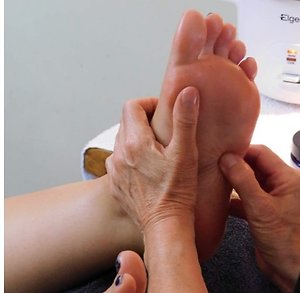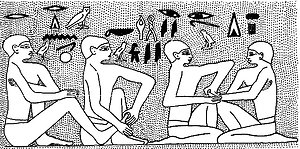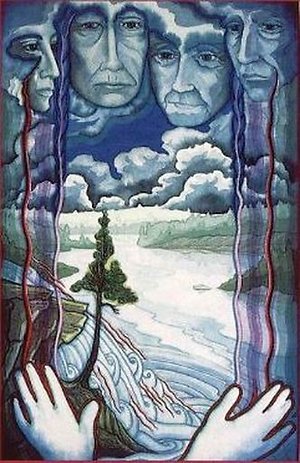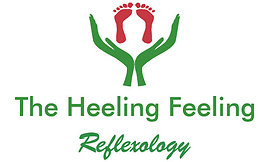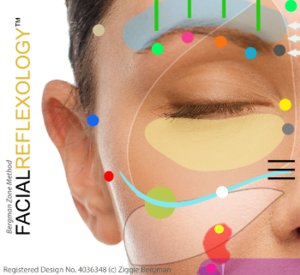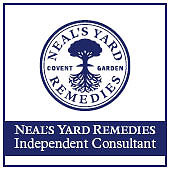Book Now
Reflexology is the theory that the feet mirror the whole body like a map of the body's anatomy, corresponding with the organs, structures and systems within it . When we are fit and well, energy flows freely throughout the body but stagnates when we are ill or stressed. Physical or emotional symptoms may then arise. By stimulating the reflex points on the feet, the body’s natural healing mechanisms are activated and can help to bring it back into a state of natural balance. For History of Reflexology Scroll down
Did you know Reflexology can be used on tiny babies through to those at the end of their life?
What is Reflexology and Does it really work?
A report by the Evening Standard sets it all out in black and white... Read full report
How can it help?
Please be aware that Reflexology treats the person not the condition.
By inducing a state of deep relaxation, rebalancing of the whole body may take place, aiding circulation, elimination through five channels (kidneys, bowels, lungs, skin and lymphatic system), detoxification and stimulation of hormone release. This may help with the following
Stress : Anxiety: Depression:
Infertility : Headaches/migraines: Backpain:
Fibromyalgia : Chronic Fatigue/ME: Pre menstrual syndrome:
Pregnancy : Peri menopause: Circulation:
Skin problems: Hay fever/asthma
Below are some self help guides you may download which you may also find helpful:
Relaxation TipsSleep self helpStress self help
Positive AffirmationsNourishing and Depleting ActivitiesIncreasing MotivationMindfulness for Busy People
The best way to find out if Reflexology would benefit you is to try it. If you have a long term condition the symptoms may be more manageable with Reflexology and it may also provide preventative healthcare to help protect the body from future illness.
Is it safe?
Reflexology is a safe non-intrusive therapy. However, there are some contra indications when reflexology will not be advisable or may need extra caution . For example, anyone with ongoing deep vein thrombosis or any form of blood clot could not be treated until their medication to control the clotting was properly balanced. A qualified reflexologist will always take a full medical history prior to undertaking a treatment so will be able to advise if there are any concerns.
Reflexologists do not claim to diagnose, cure or prescribe and you should always seek medical advice for any condition you may have.
History
In an ancient tomb in Egypt, there are pictures depicting what appears to be a foot massage, and the Chinese have been using pressure as a healing therapy for thousands of years. In the early 20th century, Dr William FitzGerald noticed that one part of the body was affected by pressing on another part of the body. If the energy is blocked in one part of the zone, this could mean that the whole zone is blocked and could have an adverse effect on other parts of the body. This theory was further developed by Eunice Ingram, a physiotherapist, who decided to use the feet to treat the whole body as they were at the end of the longitudinal zone. She went on to develop the foot maps that are in use for reflexology today.
For generations, the Cherokee Native Americans of North Carolina have appreciated and applied the practice of reflex-point work on the feet. They have used this technique as a healing art and recognise the importance of the feet in maintaining physical, mental and spiritual balance. They also uphold that working on the feet is a very important part of a sacred healing ceremony - the feet are connected through one's spirit to the earth, thereby to the whole universe, and the energies that flow through it.

